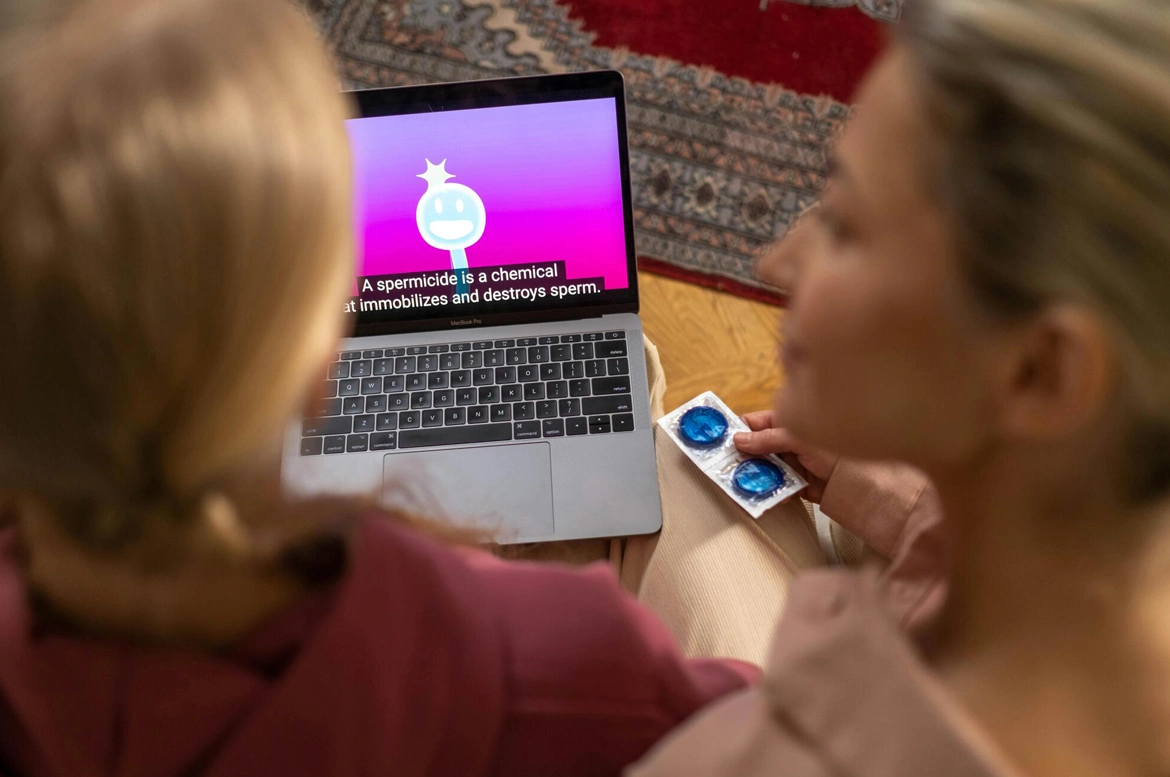Have you ever been in a crowded room, struggling to hear the person speaking at the front? Now, imagine turning that frustration into understanding with the flick of a switch. That’s the power of live closed captioning.
It’s a bridge to inclusivity that brings the essence of spoken words to those who might miss out otherwise. This technology doesn’t just capture words. It captures the pace, tone, and emotion of live events in real time.
Whether it’s a breaking news story, a live sports event, or an engaging conference, live closed captioning ensures you’re part of the moment, no matter the noise around you or the hearing ability you possess. This article unfolds the layers of this vital service by exploring how it transforms accessibility and why it’s more crucial now than ever.
The Basics of Live Closed Captioning
Live closed captioning is a real-time translation of spoken words and sounds into text that appears on a screen. It makes content accessible to everyone, including those who are deaf or hard of hearing.
Live captioning is a game-changer in today’s world where information moves quickly and accessibility is key. This technology ensures that live broadcasts, from news to sports and entertainment, can be enjoyed by all, breaking down barriers and fostering inclusivity.
At its core, live captioning relies on technology that can keep up with the speed of conversation. The process begins with capturing the audio of a live event. This audio is then converted into text by a live captioner or automated speech recognition software.
The goal is to create subtitles that are synchronized with the spoken words to make it easy for viewers to follow along.
How Live Closed Captioning Works
The journey from spoken word to on-screen text in live captioning is both fascinating and complex. Initially, the audio from the live event is captured. This is where the expertise of live captioners comes into play.
These professionals listen to the audio in real time and transcribe it into text. They are skilled at typing at lightning speeds and have a keen understanding of context to ensure accuracy.
In some cases, automated speech recognition (ASR) technology is used alongside or instead of human captioners. ASR can quickly convert speech into text, but it’s not without its challenges, particularly with accents, dialects, and background noise.
That’s why the role of the live captioner is so crucial. They can correct errors on the fly to ensure the captions are as accurate as possible.
Once the audio is transcribed, the text is encoded into the broadcast signal. This involves syncing the text with the audio so that it appears on the viewer’s screen at the right moment.
The final step is the broadcasting of the video with live broadcast subtitles. These subtitles allow viewers to read what’s being said in real-time.
Challenges of Live Captioning
Live captioning brings with it a set of unique challenges that test the limits of technology and the skills of captioners. One major hurdle is managing the diversity of accents and dialects.
Speakers from different regions may pronounce words in ways that automated systems and even experienced captioners find difficult to interpret accurately. This variety can lead to misinterpretations and inaccuracies in the captions which can affect the viewer’s understanding of the content.
Background noise is another significant challenge. Live events, especially those held in public spaces or with live audiences, often have unpredictable sound environments. Music, applause, and ambient noise can interfere with the clarity of the speech being captioned.
Distinguishing the speaker’s words from this background noise requires advanced audio processing technology and highly attentive captioners.
Fast-paced speech presents a formidable challenge as well. During live broadcasts, speakers may talk quickly. This is especially the case in high-energy situations like sports events or breaking news coverage.\
Keeping up with this speed to provide real-time captions demands both speed and precision from the captioners.
Professional subtitling service providers have developed strategies to tackle these challenges. They employ skilled captioners who are adept at understanding various accents and dialects. These professionals use advanced software that helps filter out background noise and allows them to caption quickly spoken words more accurately.
Despite these efforts, live captioning remains a complex task that requires continuous improvement and adaptation to new technologies.
The Evolution of Captioning Technology
Captioning technology has come a long way from its early days. Originally, captions were a static part of the media, often added in post-production for prerecorded shows and movies.
The method was simple yet limited. It relied heavily on analog systems where captions were encoded onto tape. This changed dramatically with the advent of digital technology.
The digital revolution transformed captioning by making captioning more dynamic and interactive. It allowed for live captioning, where text is generated in real time to keep pace with live broadcasts.
This shift was monumental, requiring:
- New software
- Faster processing speeds
- A different skill set for captioners
Today, advancements in speech recognition technology have further evolved the field. Automated systems can now convert speech to text with increasing accuracy, though human oversight remains crucial to ensure precision.
These systems can learn from corrections and improve over time. They represent a significant leap from the manual processes of the past.
This evolution reflects a broader trend towards greater accessibility and inclusivity. It ensures that live events and broadcasts can be enjoyed by all, regardless of hearing ability. As technology continues to advance, the possibilities for even more sophisticated captioning services seem limitless.
Make Every Word Count
Live closed captioning does more than translate speech into text. It opens doors to information, entertainment, and engagement for everyone, making inclusivity in media not just a goal but a reality. Through exploring the intricacies of real time captioning, the evolution of technology, and the challenges faced by live captioners, we’ve seen the undeniable value of making content accessible to all audiences.
At Talking Type Captions, we pride ourselves on delivering broadcast-quality live captioning services. We ensure every word is captured accurately and every message is conveyed clearly. Looking to make your next live event accessible to all? Reach out to us today.




